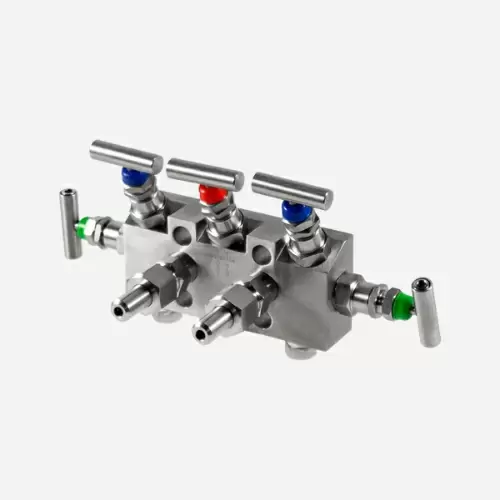Temperature Transmitter
CE, CNEX, CCS, DNV, ABS approved
Available for customization
Temperature Ranges: -200℃ …0℃~1200℃
New Product Change Notice (PCN) effective Jan 1, 2025. MICROSENSOR appreciate your understanding.
MV7000
Used For
The actuation of opening, closing, balancing, and venting operations of differential pressure transmitters and pressure transmitters
Leave a MessageIntroduction
Valve manifolds are devices utilized for the actuation of opening, closing, balancing, and venting operations of differential pressure transmitters and pressure transmitters, controlling specifications such as fluid pressure, flow, and temperature. MV7000 series valve manifolds consists of shut-off valve, two-valve manifold (column), two-valve manifold, three-valve manifold, and five-valve manifold configurations.
Functions
• Shut-off valve (Code: N)
The function of the shut-off valve is to open or shut off the pipeline flow. During installation, it is crucial to ensure that the flow direction of the applicable medium aligns with the arrow direction marked on the valve body.
• Column two-valve manifold (Code: M)
The column two-valve manifold consists of a shut-off valve (for opening, closing or purging) and a vent valve (typically for debris, water, or air). It is crucial to ensure that the flow direction of the applicable medium aligns with the arrow direction marked on the valve body. The shut-off valve and the vent valve are are distributed at 180°.
• Two-valve manifold (Code: 2)
The column two-valve manifold consists of a shut-off valve (for opening, closing or purging) and a vent valve (typically for debris, water, or air). It is crucial to ensure that the flow direction of the applicable medium aligns with the arrow direction marked on the valve body. The shut-off valve and the vent valve are are distributed at 90°.
• Three-valve manifold (Code: 3)
The three-valve manifold consists of a valve body, two shut-off valves, and a balance valve. Based on the function of each valve in the system, it can be categorized as follows: the positive (upstream) globe valve, the negative (downstream) shut-off valve, and the balance valve located in between. The three-valve manifold is used in conjunction with a differential pressure transmitter to establish or isolate communication between the positive and negative pressure measuring chambers and the impulse point, or to isolate or establish communication between the positive and negative pressure measuring chambers.
• Five-valve manifold (Code: 5)
The five-valve manifold is essentially a three-valve manifold with the addition of vent valves on both the high and low-pressure sides.
Image:
Introduction
Valve manifolds are devices utilized for the actuation of opening, closing, balancing, and venting operations of differential pressure transmitters and pressure transmitters, controlling specifications such as fluid pressure, flow, and temperature. MV7000 series valve manifolds consists of shut-off valve, two-valve manifold (column), two-valve manifold, three-valve manifold, and five-valve manifold configurations.
Functions
• Shut-off valve (Code: N)
The function of the shut-off valve is to open or shut off the pipeline flow. During installation, it is crucial to ensure that the flow direction of the applicable medium aligns with the arrow direction marked on the valve body.
• Column two-valve manifold (Code: M)
The column two-valve manifold consists of a shut-off valve (for opening, closing or purging) and a vent valve (typically for debris, water, or air). It is crucial to ensure that the flow direction of the applicable medium aligns with the arrow direction marked on the valve body. The shut-off valve and the vent valve are are distributed at 180°.
• Two-valve manifold (Code: 2)
The column two-valve manifold consists of a shut-off valve (for opening, closing or purging) and a vent valve (typically for debris, water, or air). It is crucial to ensure that the flow direction of the applicable medium aligns with the arrow direction marked on the valve body. The shut-off valve and the vent valve are are distributed at 90°.
• Three-valve manifold (Code: 3)
The three-valve manifold consists of a valve body, two shut-off valves, and a balance valve. Based on the function of each valve in the system, it can be categorized as follows: the positive (upstream) globe valve, the negative (downstream) shut-off valve, and the balance valve located in between. The three-valve manifold is used in conjunction with a differential pressure transmitter to establish or isolate communication between the positive and negative pressure measuring chambers and the impulse point, or to isolate or establish communication between the positive and negative pressure measuring chambers.
• Five-valve manifold (Code: 5)
The five-valve manifold is essentially a three-valve manifold with the addition of vent valves on both the high and low-pressure sides.
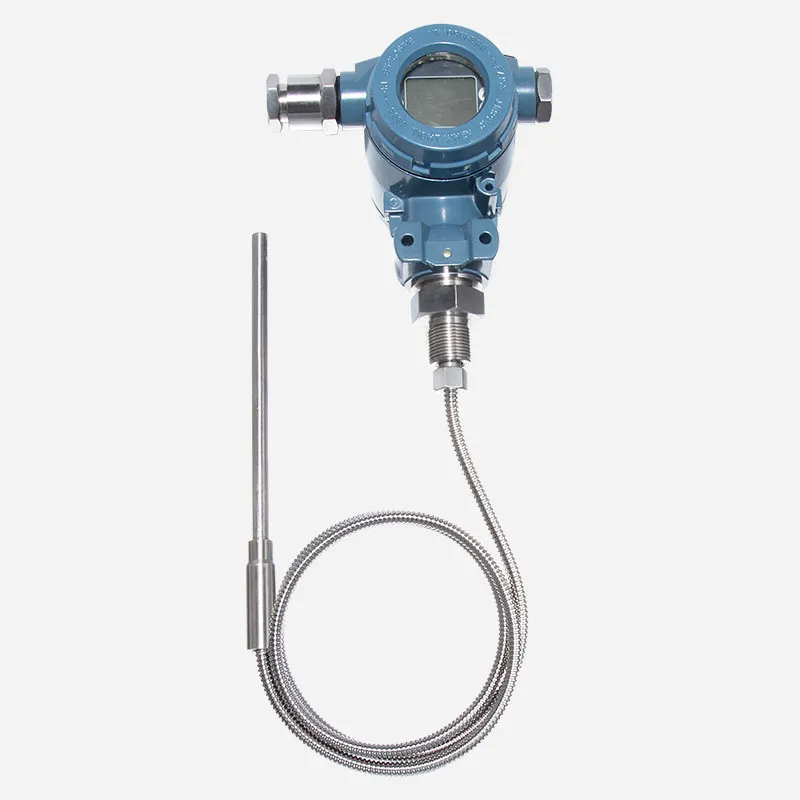
CE, CNEX, CCS, DNV, ABS approved
Available for customization
Temperature Ranges: -200℃ …0℃~1200℃
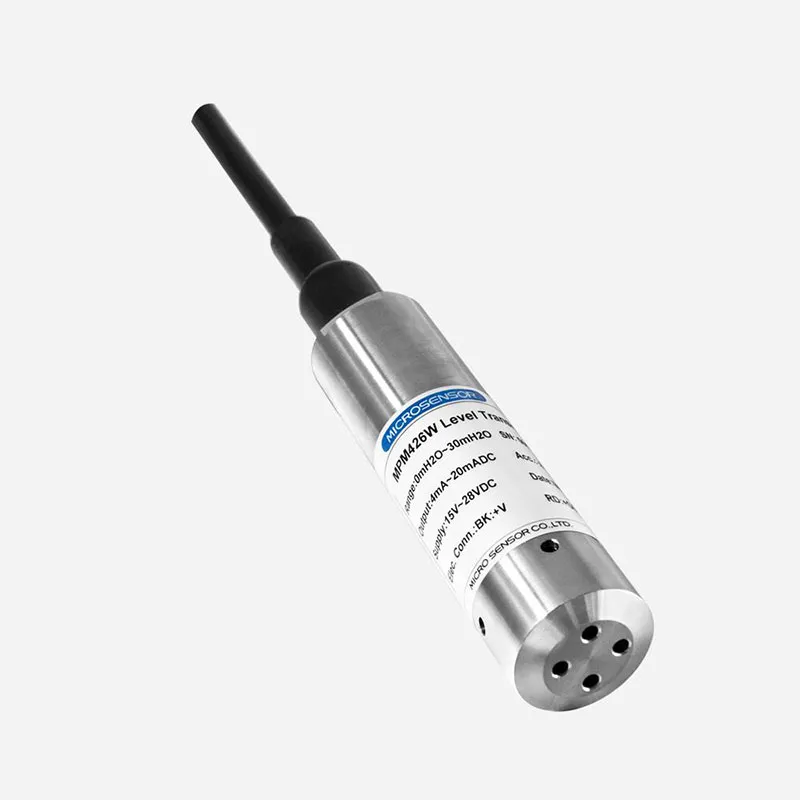
1, 2, 5, 10, 20, 50, 100, 200mH2O
Accuracy: ±0.25%FS (Typ.)
General Level Measurement
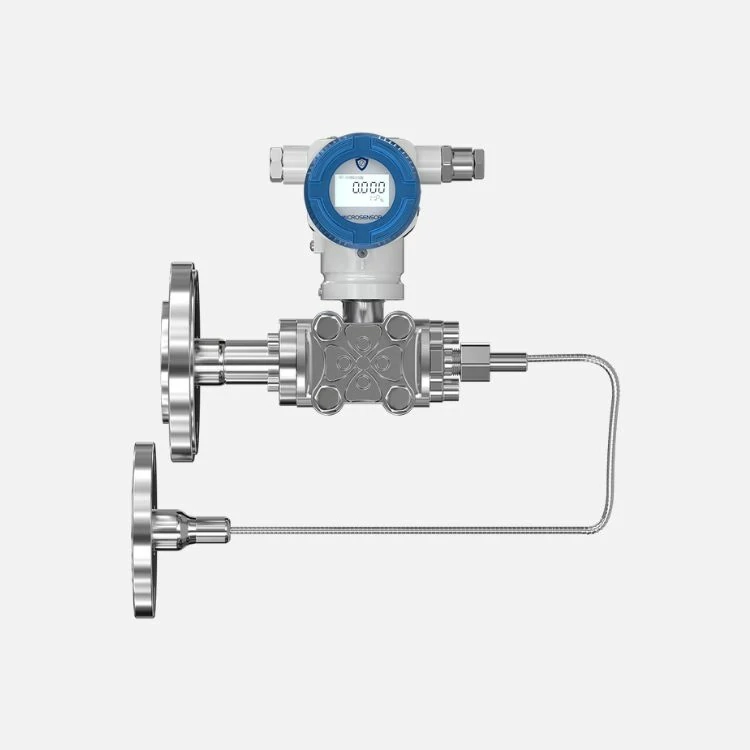
Accuracy: ±0.75%URL
Range: 0.4bar~2.5bar
Long-term stability: ±0.1% Span/10 years
DNV, ABS, KR, NK, and RS approved for installation on vessels
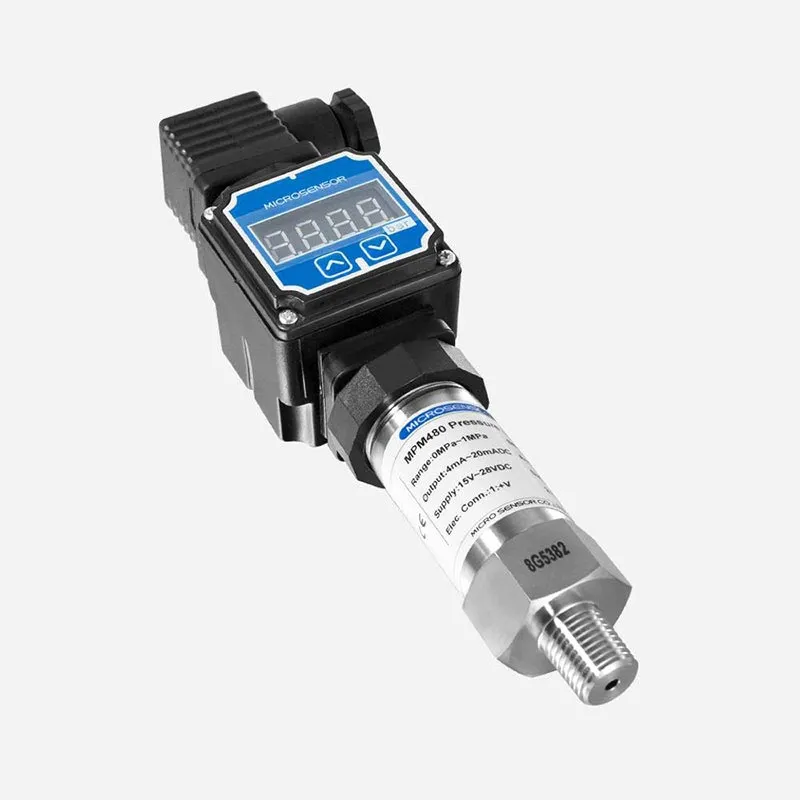
-1bar...0~0.1bar…1000bar
Accuracy: ±0.25%FS (Typ.)
General / Flush Diaphragm
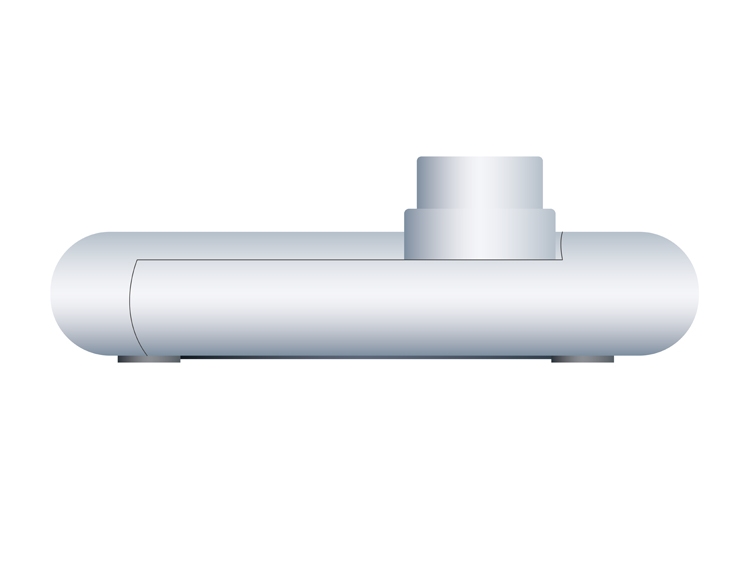
Pressure transmitters, level transmitters, and mass flow meters are installed in fuel tanks to provide real-time monitoring of fuel levels and pressure. Users can track current location and fuel consumption, access historical vessel data, calculate voyage distance and total fuel usage, and analyze operational efficiency.
more info...
The main function of the gas regulator is to adjust the higher gas inlet pressure to the set lower gas outlet pressure. With a series of changes in gas consumption and inlet pressure, the gas regulator will automatically keep the outlet pressure value within a certain range and play a stabilising role. The pressure transmitter is the core component of the regulator.
more info...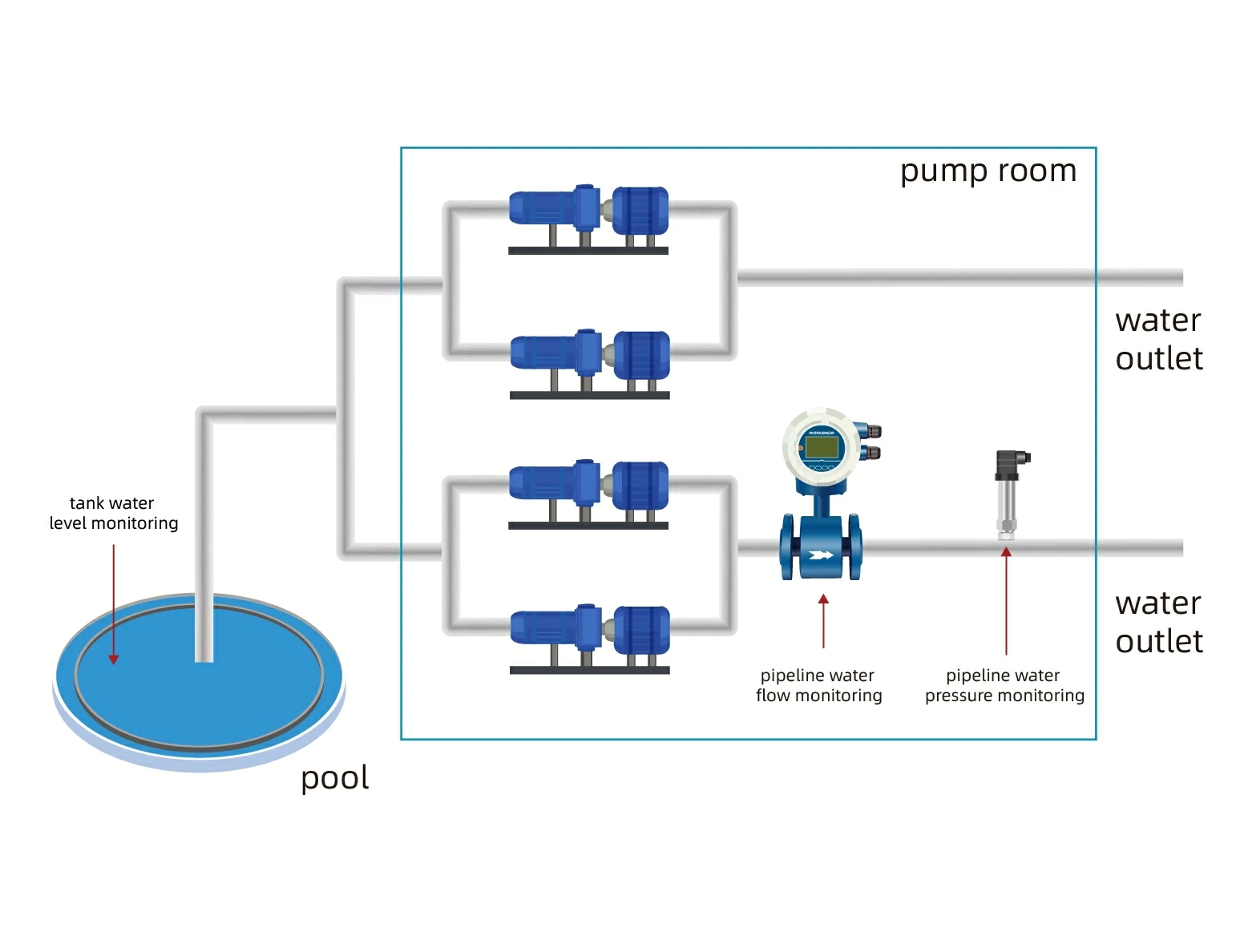
Water storage tank level, pipeline pressure, and flow within the pumping station can transmit status data to the platform via wireless networks. When anomalies are detected, the platform timely alarms. The staff handles fault information immediately. It ensures the normal operation of the water supply system.
more info...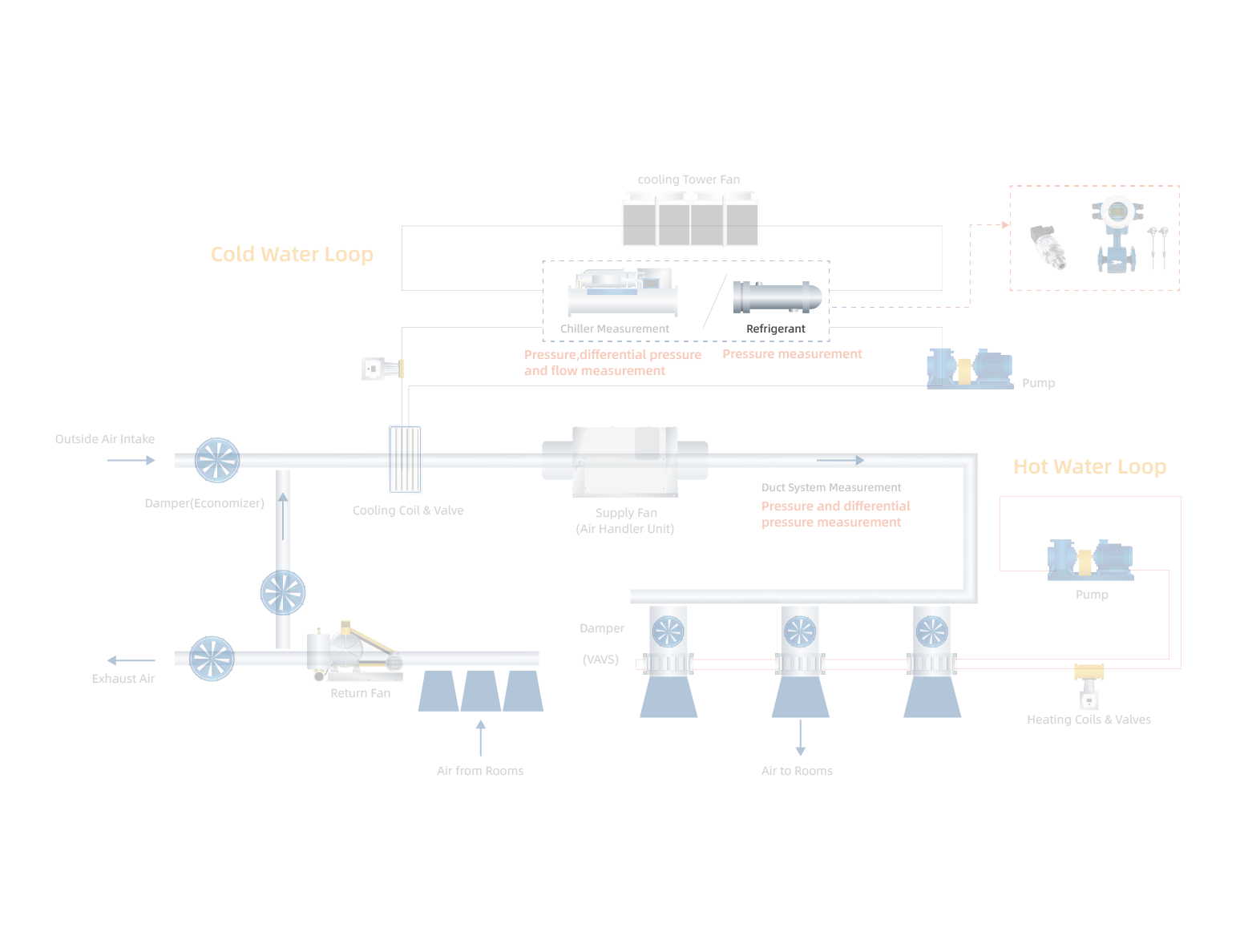
In HVAC systems, measuring the pressure of refrigerants is critical. Pressure transmitters monitor the refrigerant's pressure to ensure it operates within safe limits, preventing leaks and system failures. Accurate pressure measurement enhances system efficiency, ensures optimal cooling performance, and maintains safety by detecting potential issues early
more info...